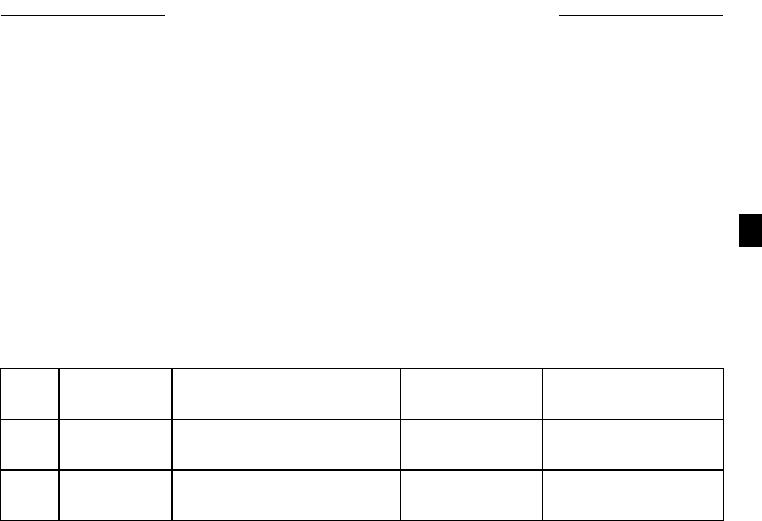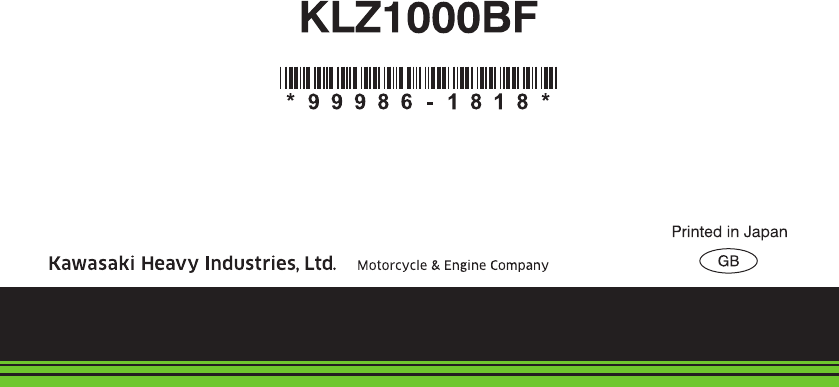Filling the Tank.............................. 74
Side Stand ....................................... 76
Center Stand.................................... 77
Seat.................................................. 77
Tool Kit Case .................................... 79
Storage Compartment...................... 79
Rear View Mirrors ............................ 80
Windshield........................................ 81
Rear Carrier ..................................... 82
Tie Hooks ......................................... 84
Event Data Recorder........................ 84
Electric Accessory Connectors ........ 85
HOW TO RIDE THE MOTORCYCLE .89
Break-In ........................................... 89
Starting the Engine .......................... 90
Jump Starting................................... 93
Moving Off........................................ 95
Shifting Gears .................................. 96
Braking............................................. 97
Anti-lock Brake System (ABS) ......... 98
Stopping the Engine......................... 101
Stopping the Motorcycle in an
Emergency ................................... 101
Parking............................................. 102
Kawasaki TRaction Control (KTRC). 104
Power Mode..................................... 108
KTRC and Power Mode
Combination ................................. 110
MAINTENANCE AND ADJUSTMENT 112
Daily Checks .................................... 114
Periodic Maintenance....................... 117
Engine Oil ........................................ 122
Coolant............................................. 125
Air Cleaner ....................................... 130
Throttle Control System ................... 131
Idle Speed........................................ 134
Clutch............................................... 135
Drive Chain ...................................... 136
Brakes.............................................. 141
Brake Light Switches........................ 143
Suspension System ......................... 144
Front Fork ..................................... 144
Rear Shock Absorber ................... 146
Setting Tables ............................... 149
Wheels ............................................. 153
Battery.............................................. 157




































































































































































